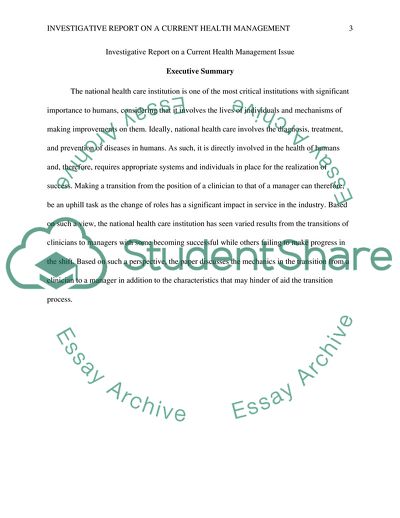Cite this document
(Investigative Report on a Current Health Management Issue, n.d.)
Investigative Report on a Current Health Management Issue. https://studentshare.org/health-sciences-medicine/1843291-investigative-report-on-a-current-health-management-issue
Investigative Report on a Current Health Management Issue. https://studentshare.org/health-sciences-medicine/1843291-investigative-report-on-a-current-health-management-issue
(Investigative Report on a Current Health Management Issue)
Investigative Report on a Current Health Management Issue. https://studentshare.org/health-sciences-medicine/1843291-investigative-report-on-a-current-health-management-issue.
Investigative Report on a Current Health Management Issue. https://studentshare.org/health-sciences-medicine/1843291-investigative-report-on-a-current-health-management-issue.
“Investigative Report on a Current Health Management Issue”. https://studentshare.org/health-sciences-medicine/1843291-investigative-report-on-a-current-health-management-issue.


